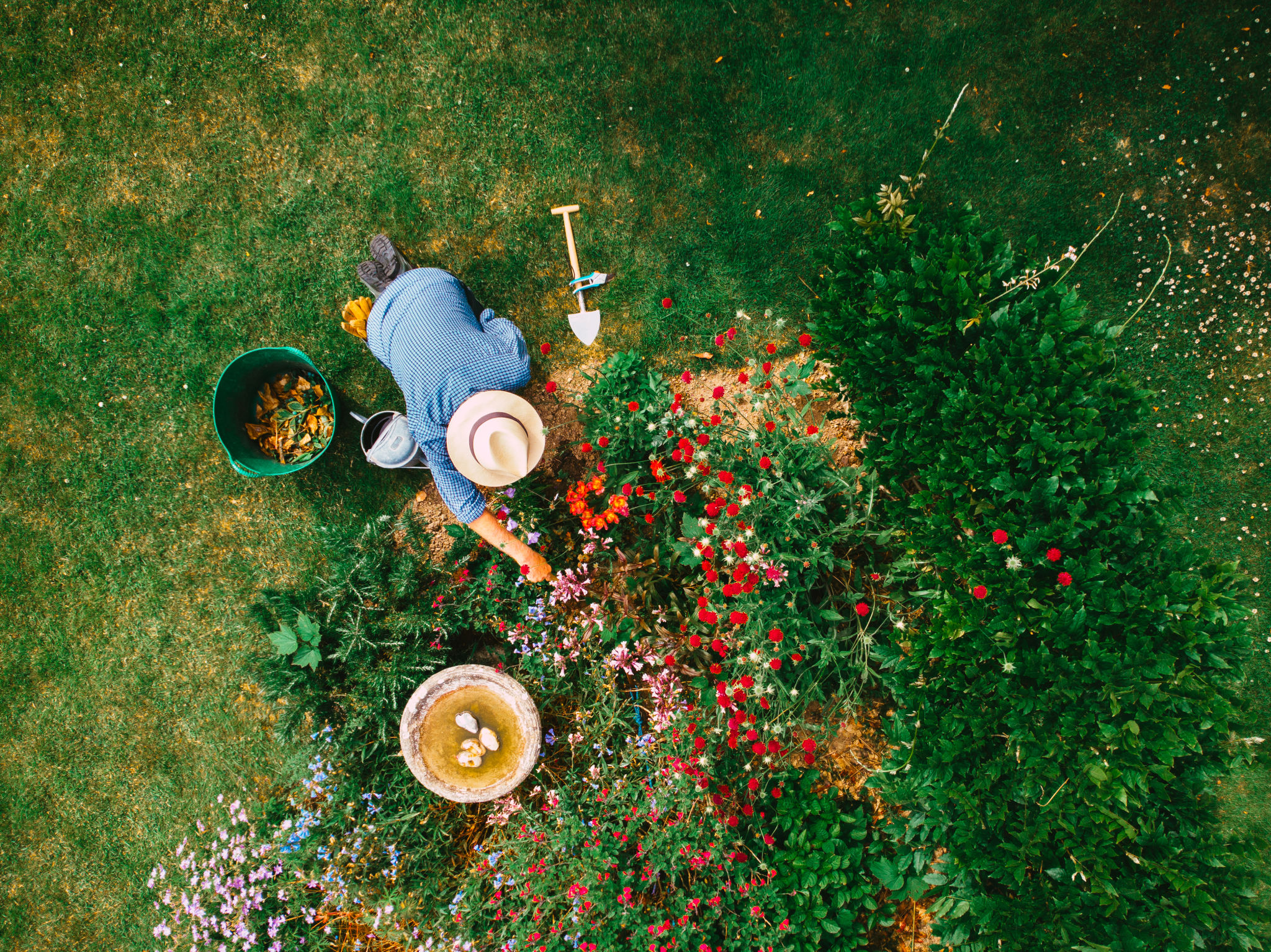Preparing Your Property for a Bio-Swale: Seasonal Tips and Tricks
Understanding Bio-Swales
Bio-swales are an innovative and environmentally friendly way to manage stormwater runoff on your property. These landscaped areas are designed to capture and filter rainwater, allowing it to percolate into the ground rather than overwhelming storm drains. By preparing your property for a bio-swale, you contribute to reducing erosion, improving water quality, and enhancing your landscape's aesthetic appeal.

Planning Your Bio-Swale
Before you start digging, it's crucial to plan your bio-swale properly. Consider the size and shape of your property, as well as the typical flow of water during heavy rains. It's advisable to consult with a landscape architect or an environmental engineer to ensure that your bio-swale will be effective. The placement should be strategically chosen to maximize its impact on water management.
Site Assessment
A thorough site assessment is necessary for determining the best location for your bio-swale. Identify low-lying areas where water naturally collects and evaluate the soil type. Sandy soils are ideal for bio-swales due to their excellent drainage properties. If your soil is predominantly clay, consider amending it with organic matter or sand to enhance infiltration.

Seasonal Preparations
Preparing your property for a bio-swale requires attention to seasonal changes. Each season presents unique challenges and opportunities for bio-swale maintenance and development. Here are some tips for each season:
Spring
Spring is an excellent time to begin planting in your bio-swale. Opt for native plants that are adapted to your region's climate and soil conditions. Native plants typically require less maintenance and provide better habitat support for local wildlife.
- Inspect the area for any debris or sediment buildup from winter storms.
- Test the soil's drainage capacity and amend as necessary.
- Consider adding mulch to help retain moisture and suppress weeds.
Summer
During the summer, focus on maintaining plant health in your bio-swale. Regular watering might be necessary during dry spells, especially for newly planted vegetation that hasn't yet established deep roots.

Autumn and Winter Preparations
As autumn approaches, it's time to prepare your bio-swale for the cooler months. Remove fallen leaves and debris that could obstruct water flow. Prune back vegetation as needed to ensure that the bio-swale continues to function effectively.
Winter
While bio-swales generally require less attention in winter, it's important to monitor them for ice blockages or snow accumulation. Ensure that melting snow can flow freely through the swale without pooling.
- Keep an eye on drainage patterns during thaws.
- Avoid using salt-based de-icers near your bio-swale as they can harm plants and soil health.
Conclusion
By preparing your property for a bio-swale, you not only enhance its beauty but also contribute positively to environmental sustainability. With careful planning and seasonal maintenance, your bio-swale will effectively manage stormwater runoff while supporting local biodiversity. Start today and enjoy the benefits of a well-maintained eco-friendly landscape feature.